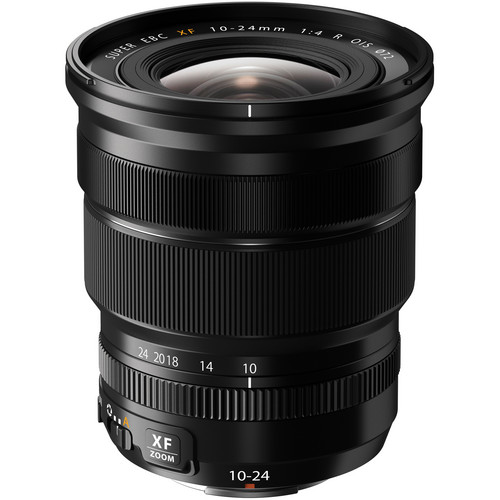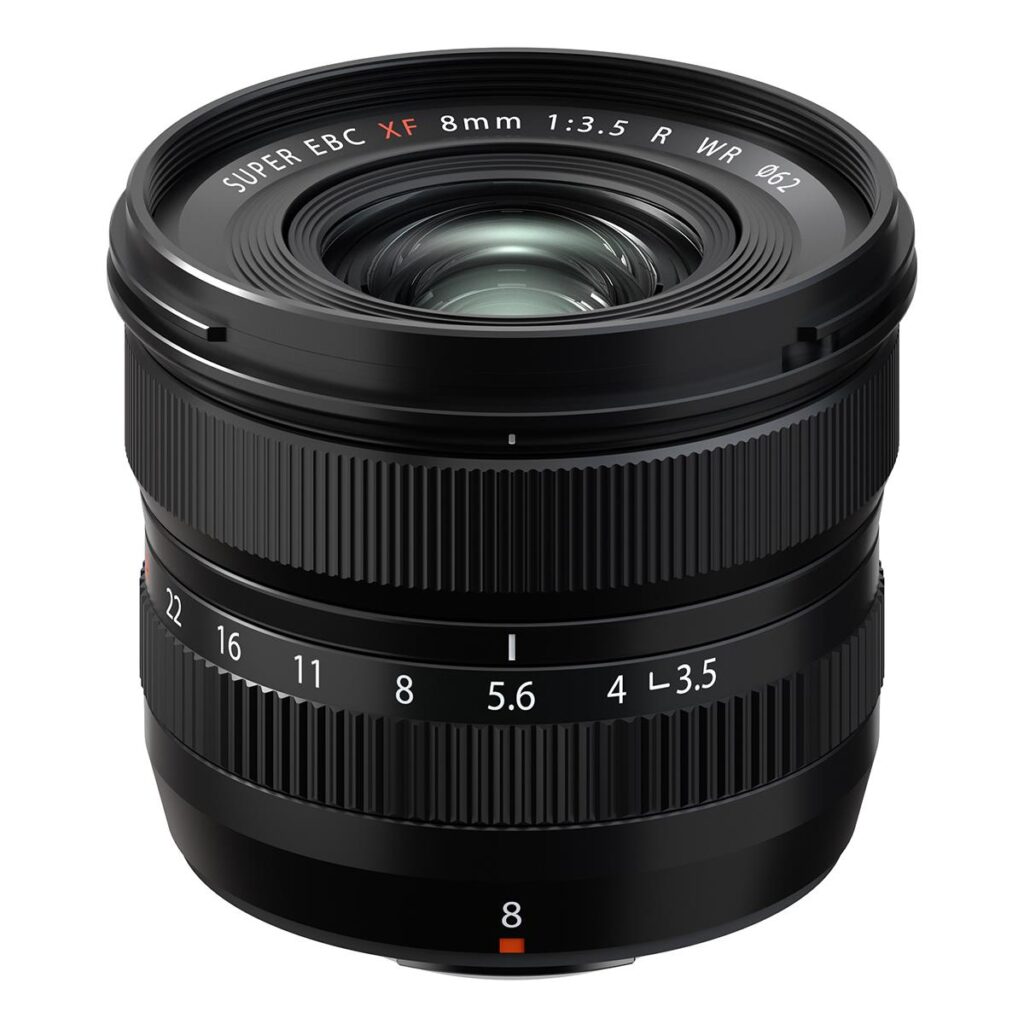Fujifilm has always been a pioneer in digital photography. In fact, they produced the world’s first fully digital camera back in 1988 with the DS-1P. Read more about Fujifilm’s innovations here.
As an architectural and automotive photographer, I find that the Fujifilm X system is best suited for this subject matter. Let me start by describing the needs of an architectural photographer:
- Excellent wide angle zoom and prime lenses
- Greater depth of field
- Low geometric distortion (barrel/pincushion) at wide angles
- Good moiré control
- Good Dynamic Range (DR)
- Low Chromatic Aberration (CA)
- Long exposures
- High mobility (small and light)
- Remote control (via mobile device)
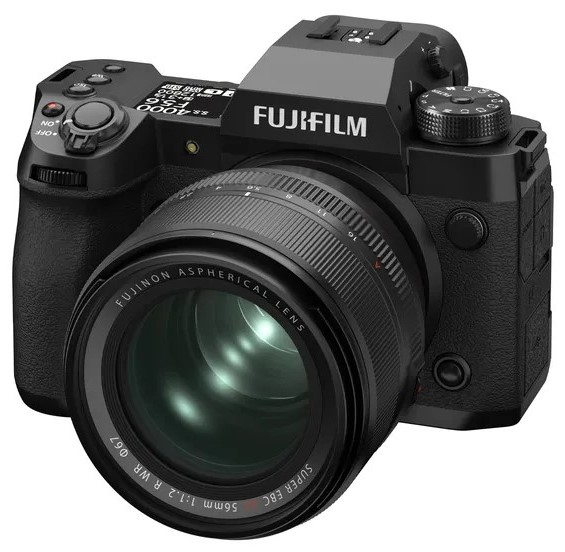
Features that are important for other subjects, such as portraits (shallow depth of field and bokeh), or sports (fast focus, high ISO performance), are not as important for architectural and automotive photography, and can sometimes be a hindrance.
The Lenses
The system has to be evaluated as a whole, not just the camera. For this reason, I start my discussion with the lenses rather than the camera, because, when the sensor quality is nominally equal, the lens is more important than the camera itself. Fuji makes what I would argue are two of the best wide angle zoom lenses on the market, the XF 10-24mm f/4 and the XF 8-16mm f/2.8. I have the 10-24mm, which I compare to other manufacturer’s lenses here.
In addition to the exceptional wide zoom lenses, Fujifilm produces excellent prime (non-zoom) lenses. Their f/2 series of lenses are excellent, as are their f/2.8 zooms which range from 8mm (12mm equiv) all the way up to 140mm (210mm) with just three lenses.
For architectural and real estate photography the new Fujinon XF 8mm f/3.5 lens is extremely wide and very sharp.
APS-C vs Full Frame Sensors
In the photography world, the conventional wisdom is that the full size sensors (35mm) are better than the APS-C (23mm) sensors, simply by virtue of their size and light gathering ability. However, as mentioned earlier, while this may make sense for other subjects, I’ll show that it is less relevant for architecture. Also, modern APS-C sensors perform better than full frame sensors from just a few years ago that were more than adequate for publication in magazines like Vogue and National Geographic.
Long Exposures
While the full frame sensors have larger photo-sites to gather the light, this isn’t really an issue with architectural photography since we can just lengthen our exposure to gather the required light. Long exposures have other advantages as well, as discussed here, and there are some significant advantages to the APS-C sensor.
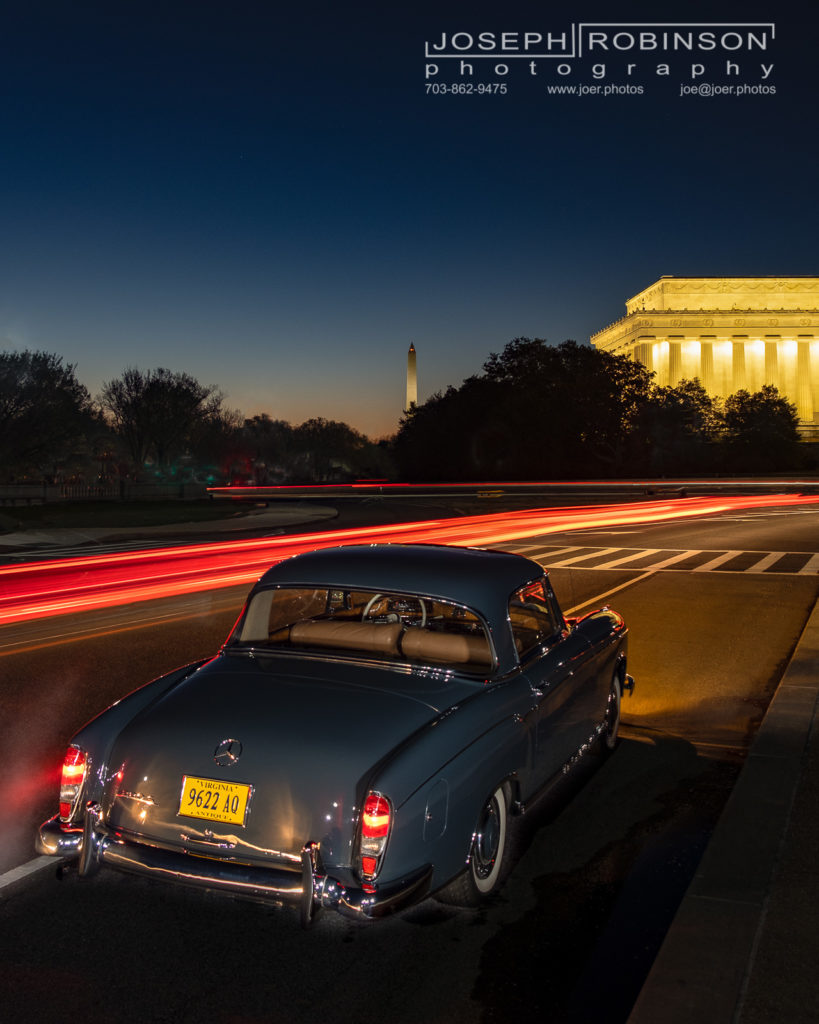
The Fujifilm X-Trans Sensor
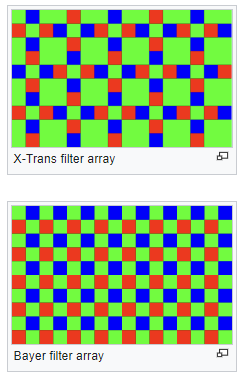
Fujifilm has used their decades of experience in film and digital photography to develop a unique sensor that takes advantage of the smaller APS-C size (as discussed above), while outperforming all other APS-C sensors, and even many full-frame sensors. Their latest 40 megapixel X-Trans sensor is incredibly sharp, exceeding the needs of any publication or website.
Conclusion
I think it’s clear here that the strengths of the Fujifilm X-H2 in controlling the moire out-weigh the slight advantage that the full frame sensors have in sharpness and DR. With regard to other APS-C sensors, the Fujifilm cameras have both better sensors and better lenses.
When coupled with the poor performance of the ultra-wide full frame lenses by other manufacturers, the X-H2 comes out as the clear winner. When it comes to architecture (and many other subjects), it is much more important to put your money in to great lenses than into a large sensor.

